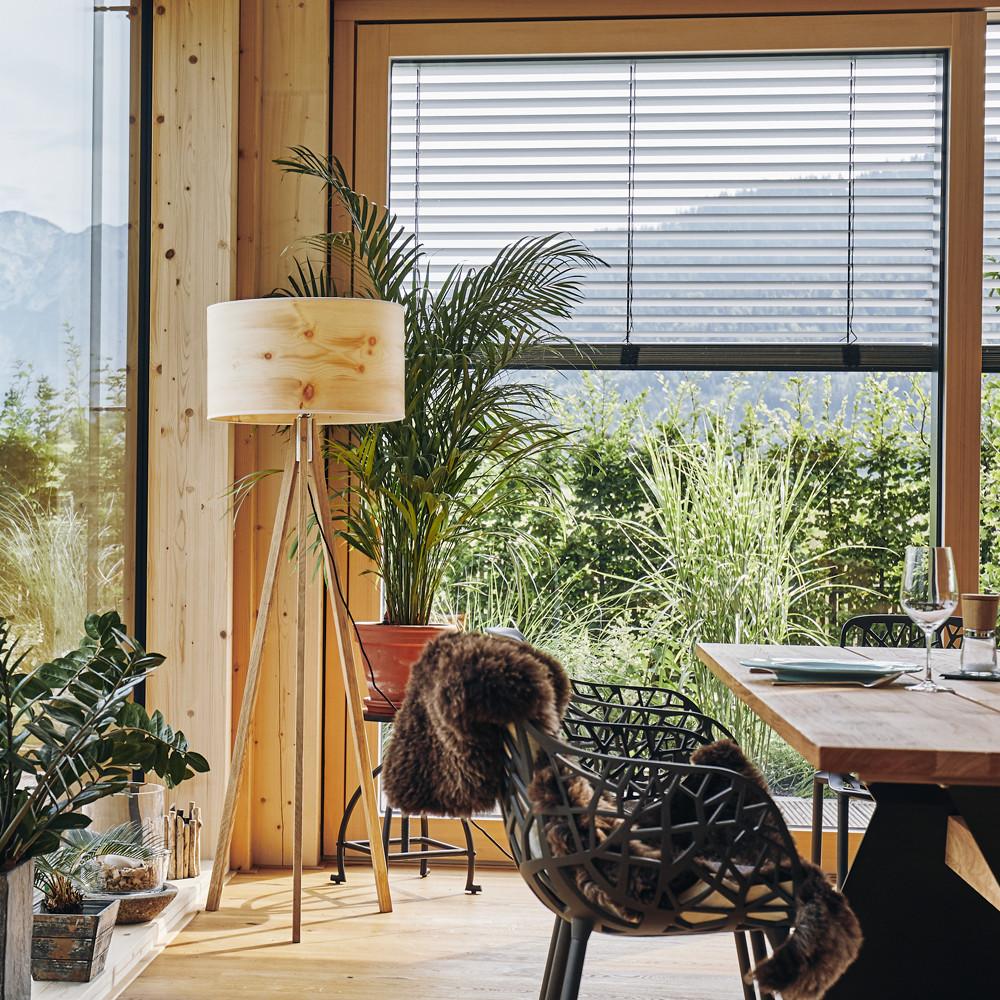
Biophilic design – bringing nature into our homes…
The term ‘Biophilia’ literally means ‘a love and connection with nature’.
Tracing back to the 1980’s, Edward O. Wilson, an American biologist coined the phrase when he observed the negative effects that urbanisation was having on a person’s health and wellbeing.
Whilst biophilic design may be a term that many of us are unfamiliar with, it’s more than likely something that we can relate to!

For many of us, spending time outdoors has been one of the few things that has enriched our lives during the past year. In much the same way as exercise can have a positive effect on a person’s mental health, so too can spending time outside.

Biophilic design in interiors
Enriching the interior space in our homes with natural elements is known to have a similar positive effect, and whilst buying the odd pot plant or two might cheer you up, it’s by no means a way of encompassing the beliefs that biophilic design can have.

The ethos behind biophilic design
Biophilic design is fundamentally about creating a cohesive space which feels immersive and flows, whilst emulating nature.

For sure, adding various plants around your home will certainly connect you to the outside world, but the ethos around biophilic design profoundly reflects on the natural materials used within the interior space.

Perfectly in synch with biophilic design are materials like reclaimed woods, shells, natural stone and even products such as cork, making many of the products that The Wood Veneer Hub sell in tune with biophilia.

Along with Acupanel®, which is just one of the many wooden wall panelling ranges that we offer, our portfolio includes Luméa and Muratto®.
Luméa is an exquisite range of stunning shell veneers. Perfect for feature inlays and decorative accent details, Luméa will add vibrancy and colour to your marquetry and parquetry projects.

Equally in tune with biophilic design is Muratto®, which is predominantly made from cork.

Naturally dyed, some of the tile designs include resin, which creates their unique, eye-catching three dimensional appearance.
The many benefits of biophilic design
The benefits of biophilic design are not solely limited to the ‘feel-good’ factor. In fact, over the last four decades, there have been numerous studies on the subject.
Homes that feature biophilic design are calming, considered more desirable and therefore easier to sell, and can actually increase in value by as much as 5%!

Used in an office environment, it is believed that productivity can be increased by 8% and well-being increased by 13%, whilst also reducing absenteeism. Similar effects have been noted in educational establishments, where learning rates are believed to improve by as much as 25%.
With these positive statistics, it’s no surprise that retail customers were willing to pay around 10% more for goods and services, when the space was inspired by biophilic design, and over 20% more for hotel bedrooms with biophilic elements!

If you’re looking to create a better feeling of well-being in your home, improve staff productivity in your workplace, or wanting to update a commercial premises, consider biophilic design for your next interior space!
